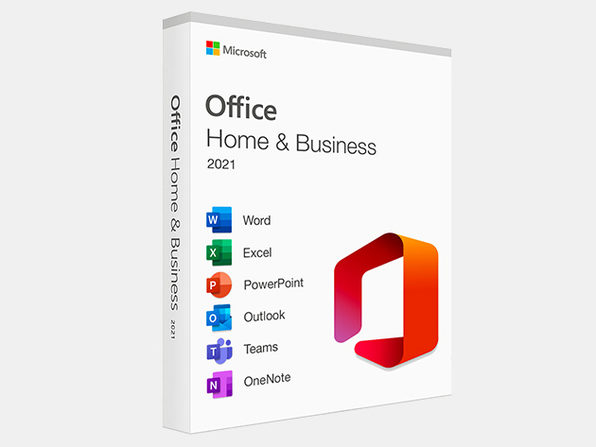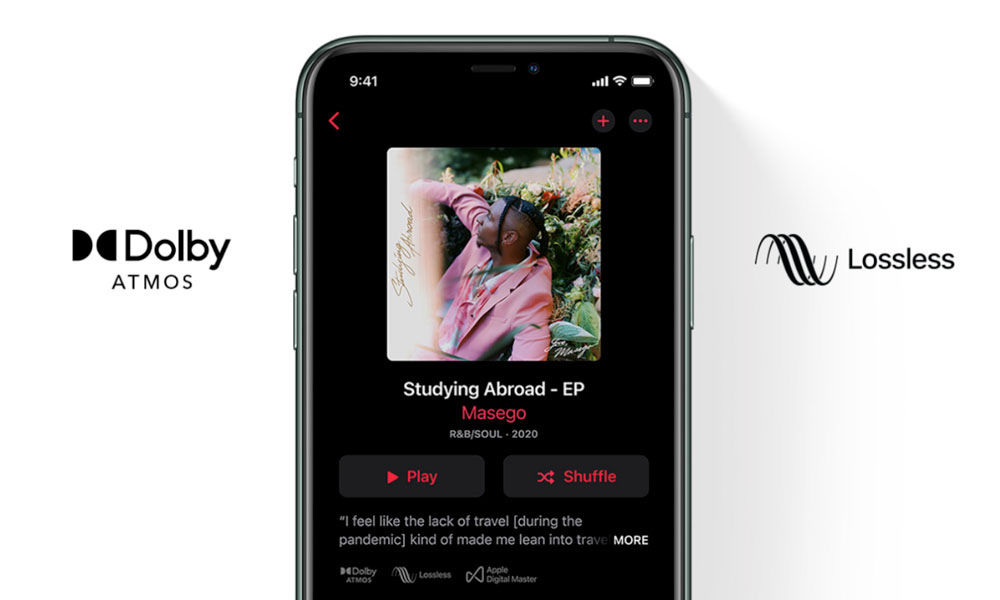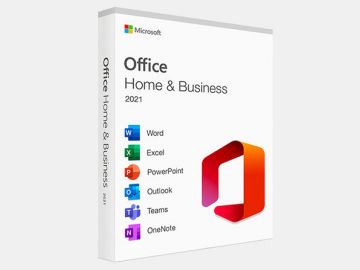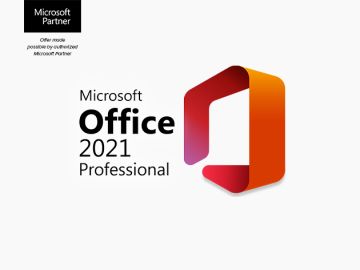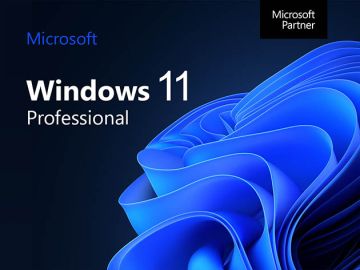Spotify Finally Adds Lossless Audio — With a Pleasant Surprise
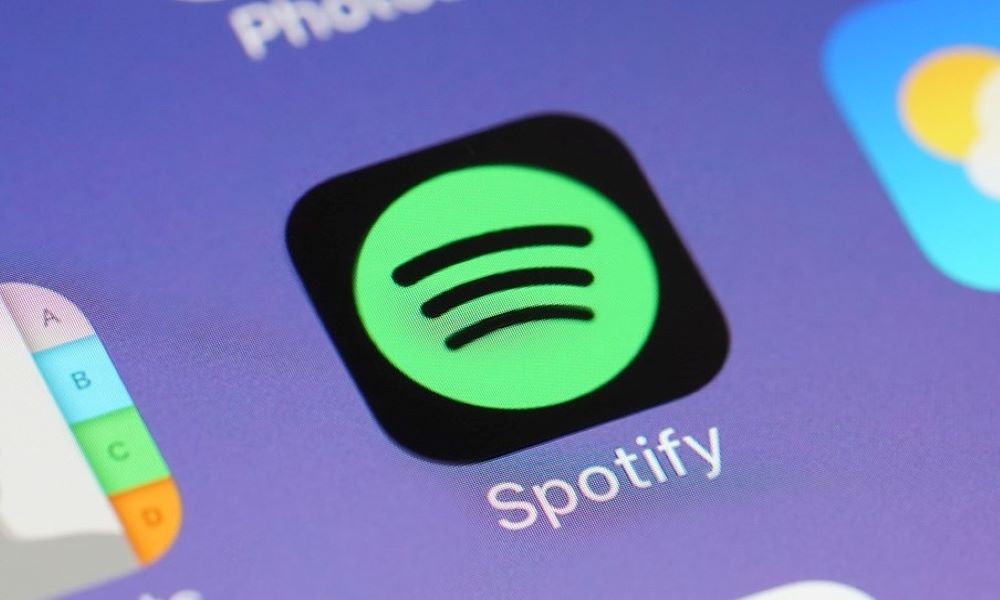 Charnsitr / Shutterstock
Charnsitr / Shutterstock
Toggle Dark Mode
It’s been four and a half years since Spotify first announced its plans to deliver lossless audio. Many were starting to wonder if it would ever happen, but the good news is that it’s no longer an empty promise.
This week, Spotify announced that lossless listening has arrived. What’s more, despite years of speculation that the company would charge more for lossless quality, it’s figured out a way to give lossless to Spotify Premium members at no extra charge.
The wait is finally over; we’re so excited lossless sound is rolling out to Premium subscribers. We’ve taken time to build this feature in a way that prioritizes quality, ease of use, and clarity at every step, so you always know what’s happening under the hood. With Lossless, our premium users will now have an even better listening experience.
Gustav Gyllenhammar, VP Subscriptions, Spotify
While lossless quality has become table stakes for music streaming services, we have Apple to thank for this. When Spotify announced its lossless streaming plans in February 2021, it was entering a market where everyone else was charging more for higher-quality music. Tidal pioneered the idea of charging a premium for lossless quality, selling a $20 monthly “HiFi” subscription tier from the first day it launched in late 2014, and later adding even higher-quality “Tidal Masters” to the mix in 2017.
Amazon followed suit with Amazon Music HD in 2019, priced at $14.99 per month (or $12.99 for Prime customers). In early 2021, it seemed clear that Spotify planned to do the same through a new “Spotify HiFi” service. However, as Spotify co-president Gustav Söderström later pointed out, “the industry changed for a bunch of reasons.”
Chief among those “bunch of reasons” was Apple. There’s every indication that Spotify was prepared to launch Spotify HiFi by the end of 2021. The company had all the business agreements in place, and Spotify employees were already using the HiFi tier. However, Apple came along and spoiled their fun by giving away what Spotify’s executives had been planning to charge more for.
Less than three months after Spotify announced its plans, Apple announced that it would make the entire Apple Music catalog of 75 million tracks available to subscribers in lossless CD quality at no extra charge. Additionally, Apple would offer a sizable collection of tracks in even better “High-Resolution Lossless” quality, plus a generous assortment of Spatial Audio tracks, remixed using Dolby Atmos.
In short, Apple pulled the rug out from under Spotify and redefined the way that lossless music would be offered. Amazon responded so quickly that we almost got whiplash, nixing Amazon Music HD the very same day Apple made its announcement. It took three more years, but Tidal eventually caved and dropped its HiFi plan in early 2024, making its best audio available to all subscribers at the standard price.
Meanwhile, Spotify just got very quiet. Clearly, it had to rework its plans, and in particular, its business arrangements with the music labels. It had likely negotiated higher payouts for lossless music and decided it couldn’t afford to stream it to existing Spotify Premium subscribers.
Of course, there was also no way it could get away with charging a higher price solely for lossless music when every other streaming service was now offering it as a standard feature. Some reports suggested the company toyed with the idea of bundling lossless music with other value-added features in a “Music Pro” subscription. While we’re sure that was on the table at one point, it’s also had plenty of time to renegotiate with the music industry, especially as contracts come up for renewal.
Spotify’s lossless offering still isn’t quite as sophisticated as Apple’s. However, the lossless quality is more than sufficient for all but the most discerning audiophiles who bring their own DACs to the experience. Spotify Premium Lossless is the standard 24-bit/44.1 kHz FLAC, while Apple Music, Tidal, and Qobuz all offer “hi-res” 24-bit/192 kHz. There’s also no Dolby Atmos here, at least not yet.
How to Access Lossless Listening on Spotify
Lossless on Spotify Premium is rolling out gradually in select markets, so you may not see it right away. The company says that subscribers will get a notification when it’s available to them.
Lossless is rolling out gradually to more than 50 markets through October. Premium subscribers in Australia, Austria, Czechia, Denmark, Germany, Japan, New Zealand, the Netherlands, Portugal, Sweden, the US, and the UK have already started to get access.
Once that happens, you should be able to find the new option by visiting your profile in the Spotify app and checking under Settings & Privacy > Media Quality. You’ll be able to choose different quality settings for Wi-Fi, cellular, and downloads. When lossless is enabled, you’ll see an indicator in the Now Playing view. Spotify also notes that you’ll need to enable lossless manually on each device you listen on.
While Bluetooth won’t provide the bandwidth needed to truly enjoy lossless quality (especially from an iPhone, which only provides the AAC codec), Spotify is partnering with companies that offer Spotify Connect-compatible speakers and headphones, including Sony, Bose, Samsung, Sennheiser, and more, with Sonos and Amazon speakers expected to come into the fold next month.
Sadly, we don’t recommend holding your breath for HomePod or AirPlay 2 support, as Spotify continues to show minimal interest in Apple’s ecosystem. The company has stated flatly that it doesn’t plan to add HomePod support, and while it has repeatedly promised to support AirPlay 2 eventually, we’ve been hearing that song for four years now. To be fair, many Apple fans have already abandoned Spotify for Apple Music, which naturally works better with Apple devices and has provided lossless quality music for over four years. However, it doesn’t seem like Spotify is in any hurry to try and win them back.

